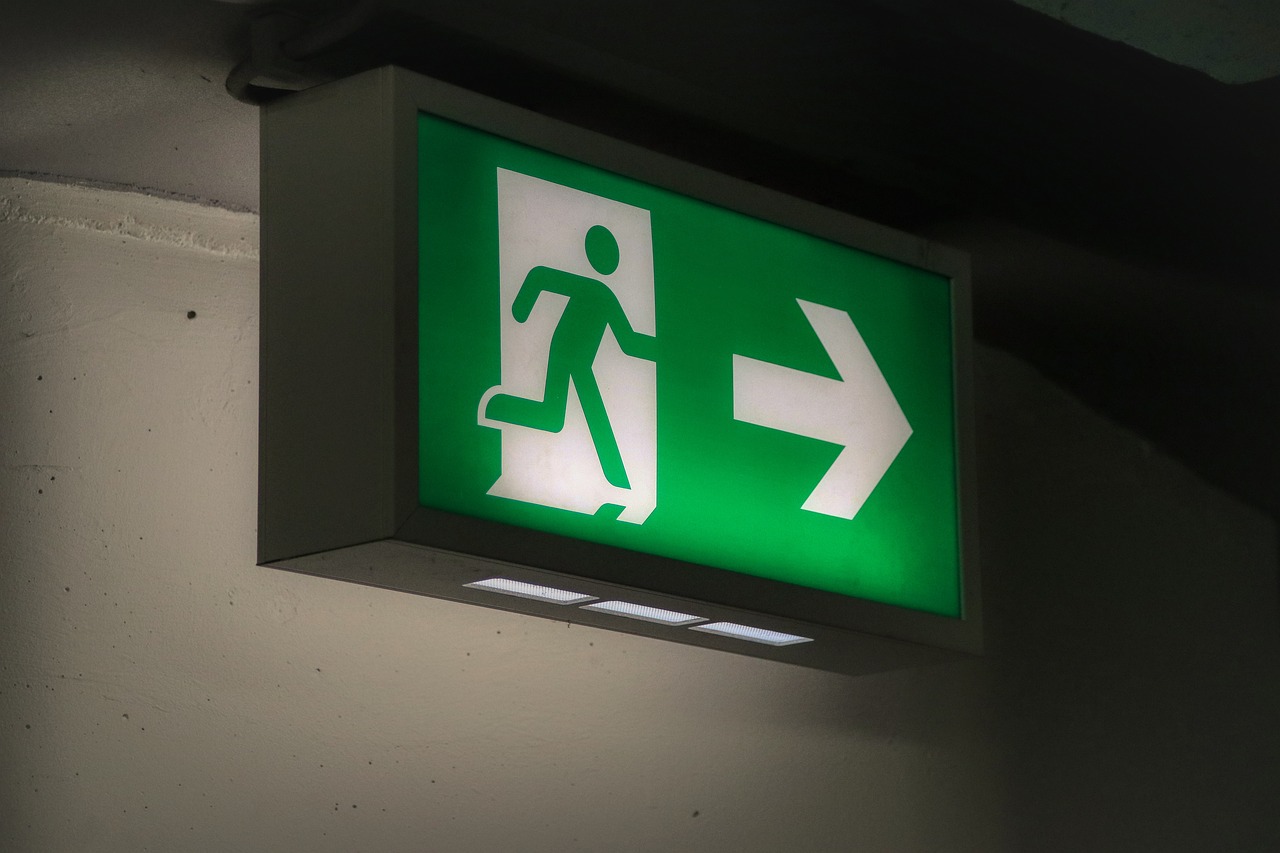Emergencies can happen unexpectedly, but being prepared can make all the difference. Whether it’s a power outage, a fire alarm, or severe weather, knowing how to respond calmly and effectively is crucial. This guide will help you understand what to do in various emergency situations, ensuring you stay safe and secure.
1. Power Outages
Power outages can occur due to storms, accidents, or maintenance issues. Here’s how to handle them:
- Stay Calm: Remain calm and reassure others around you.
- Check for Candles or Flashlights: Have a flashlight and spare batteries in an easily accessible place.
- Use Caution: Avoid using candles unless absolutely necessary to prevent fire hazards.
- Preserve Heat (Winter): In cold weather, layer up and use blankets to stay warm.
- Report to Authorities: Inform your school staff or appropriate authorities about the outage.
2. Fire Alarms
Fire alarms are designed to alert you to the presence of fire or smoke. Follow these steps:
- Act Immediately: When you hear the alarm, take it seriously and act quickly.
- Evacuate Safely: Leave the building via the nearest exit calmly but swiftly.
- Stay Low: If there’s smoke, stay low to the ground where the air is clearer.
- Do Not Use Elevators: Always use stairs during a fire alarm.
- Meet at Designated Area: Once outside, gather at the designated meeting point for accountability.
3. Severe Weather
Severe weather such as storms, tornadoes, or hurricanes can pose serious risks. Be prepared:
- Stay Informed: Pay attention to weather forecasts and alerts.
- Seek Shelter: Know the safest places to go in your school during severe weather.
- Follow Instructions: If authorities advise sheltering in place or evacuating, follow their instructions promptly.
- Stay Away from Windows: During high winds or hail, stay away from windows to avoid injury.
- After the Storm: Wait for the all-clear signal before leaving your safe location.
4. Knowing Emergency Contacts
Having the right contacts saved can expedite help during emergencies:
- Program Contacts: Save emergency numbers (such as 911) on your phone and know when to use them.
- Family Contacts: Keep a list of family members’ phone numbers in case of separation during an emergency.
- School Contacts: Memorize or keep a note of important school contacts like the principal or security office.
- Friends and Neighbors: Know whom to contact nearby if needed.
5. Evacuation Routes
Understanding evacuation routes ensures a swift and safe exit when needed:
- Map Awareness: Familiarize yourself with the layout of your school and where exits are located.
- Practice Routes: During drills, pay attention to the routes taken and ask questions if unsure.
- Alternative Routes: Know secondary exits in case the primary one is blocked or unsafe.
- Stay Together: During evacuation, stick with your classmates and follow teachers’ instructions.
Final Thoughts
Emergencies can be unsettling, but being prepared gives you confidence and ensures everyone’s safety. By familiarizing yourself with these guidelines and staying calm during critical moments, you contribute to a safer environment for yourself and those around you.
Remember, preparation is key to handling emergencies effectively. Stay informed, stay calm, and be ready to act when needed. Your preparedness can make a significant difference in ensuring a positive outcome during any emergency situation.
By following these steps, you can navigate through emergencies with confidence and peace of mind, just like many others who have been prepared. Stay safe, stay informed, and be proactive in your readiness for any unexpected events that may arise.

